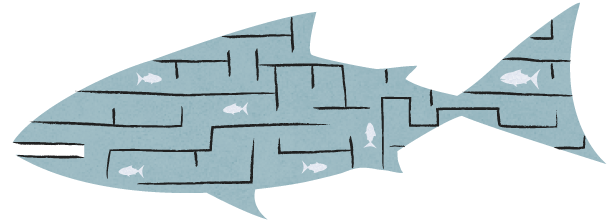
The Information Age is here, but data-rich fisheries continue to be a rarity around the world. Instead, we see fisheries defined by limited information and limited application of that data for effective management. Such poor data usage results in flawed catch limits, a lack of reliable forecasting or enforcement, little to no accountability or transparency, and the inability to meet demands for adaptive management and sustainable fisheries.
Today, efforts to improve fisheries data are underway, ranging from tech-driven solutions to coalitions focused on standard-setting to policy improvements. But these developments are not producing enough change on and in the water. This lack of progress can be attributed in large part to a lag within governments.
Even with strong incentives—such as gaining market access or avoiding bad press—the seafood industry has taken years and continues to struggle to adopt best data practices within its supply chains. Compared to industry, governments are moved by different and more complex concerns, such as improving livelihoods or economic security. Fisheries data modernization efforts have not yet effectively aligned with meeting these needs, limiting progress. Government uptake of fisheries data modernization is further slowed by limited resources, insufficient training, and outdated technology. Under these conditions, governments cannot generate or apply better data to support robust fisheries management.
In early 2019, Future of Fish undertook a scoping exercise to:
DEFINE government data modernization;
Explore what is WORKING, and where things are getting STUCK with government fisheries data modernization efforts; and
IDENTIFY OPPORTUNITIES that could advance government data modernization in fisheries at a global scale.
Future of Fish invites feedback on these preliminary findings and looks forward to hearing from those interested in collaborating to progress this important work. Read the full executive summary for more.




